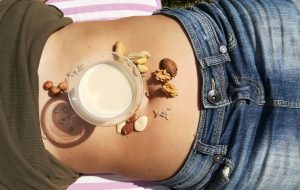
Does vitamin E help protect your skin from the sun? Can vitamin E be found in plant milk?
Sunlight exposure has a beneficial effect on human health, since it promotes endogenous vitamin D production, which at the same time, aids in the production process for calcium. The latter is known to be a key factor in bone health, so it’s safe to assume that getting a healthy dose of vitamin D is very much necessary.
However, at the same time, it’s important to protect the skin for the sun. Along with using a suitable form of sunscreen, a well-balanced diet can help maintain a healthy skin. Vitamin E, present in many seeds (and by extension, their plant milks too), has a key role in skin protection and regeneration, since it’s a fairly potent antioxidant. It protects our cells from free radicals and ultraviolet radiation, as well as external contamination and other factors which are proven to damage the skin.
That’s why it’s such an important vitamin to pay attention to, especially now in the summertime, where sunburn is prevalent.
Nowadays, vitamin E is found in many health supplements, as well as creams and ointments which are sold to combat cellulitis, but we need to be careful not to overdose on vitamin E, since due to its fat-soluble nature, it’s stored in the body.
Following a balanced, varied diet would be the best way to obtain the daily recommended dose of vitamin E in a natural way (which would be around 10-15mg/day).
We’re going to be talking about the seeds with the highest amount of vitamin E so we can include them in our homemade plant milks. Since we don’t subject them to any kind of thermal treatment, they keep all their nutrients.
Sunflower seeds would be one of the types of seeds with a high vitamin E content, as well as almonds, hazelnuts, walnuts and pistachios in the nut department.
As you can see, we have many many options to choose from, all of which are really delicious!
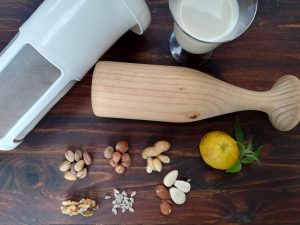
Sunflower seed milk Recipe:
This deliciously scented milk is not only rich in vitamin E, but protein as well. Along with peanut milk (also rich in vitamin E), it’s one of the cheapest milks to make. Plus they’re both gluten free, so they’re apt for people suffering from coeliac disease.
Almond milk Recipe:
Such a classic, very traditional recipe, also high in protein and healthy fats. Its flavour is absolutely exquisite, but this milk can get a bit too pricey depending on where you live. Good thing, though, you get to use the pulp to prepare many other recipes and you can also make a second extraction to make the most of these nuts.
Hazelnut milk Recipe: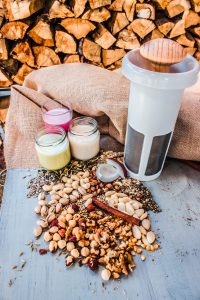
Not quite as popular as the aforementioned almond milk, but also delicious, and rich in vitamin E. It’s similar, price-wise, to almond milk, but its pulp also works greatly when making homemade chocolate spread. Last but not least, you can make a second extraction with hazelnuts too!
Pistachio milk Recipe:
A light green coloured milk which is an absolute delight, just like the resulting pulp. It can also get pricey but you get to make a second extraction too.
As you can see, we always recommend to use the leftover pulp after making milk from nuts. Thanks to Vegan Milker’s final pressing system, the pulps turn out fairly dry so they’re easy to use up (and highly recommended since many of the nutrients can be found in the pulp). You can find many different recipes on how to use up the pulps in the PULPS section of this blog.
And now, how do we make all milks rich in vitamin E?
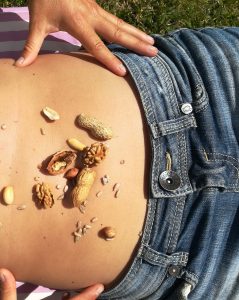 If you’ve used Vegan Milker before, you’ll know that you can mix and match as many ingredients you want while making the milk.
If you’ve used Vegan Milker before, you’ll know that you can mix and match as many ingredients you want while making the milk.
For example, if you like making oat milk but would like it to have a higher vitamin E content, you can add a handful (25-50g) of sunflower seeds, peanuts or almonds to the filter.
All in all, it’s so easy to boost your intake of vitamin E when drinking homemade plant milks, isn’t it? And it’s not too expensive either, yay!
The Chufamix team wishes you all have a very happy, sunny summer!

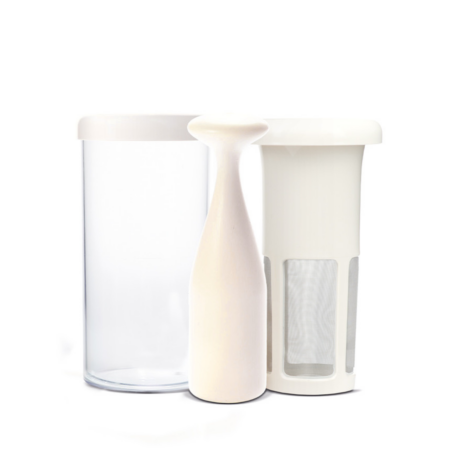
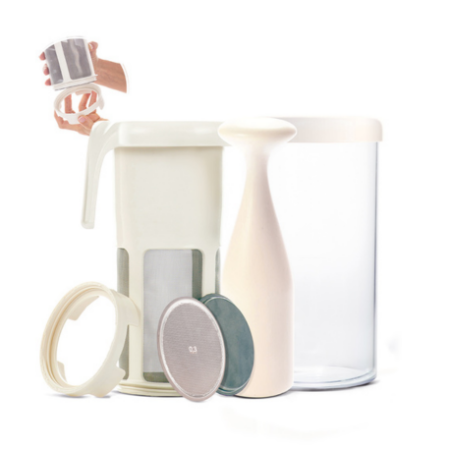
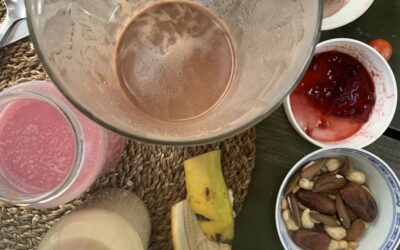
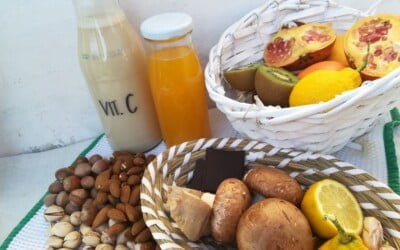
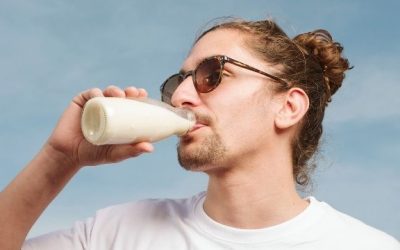
0 Comments